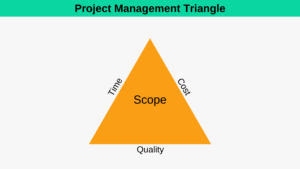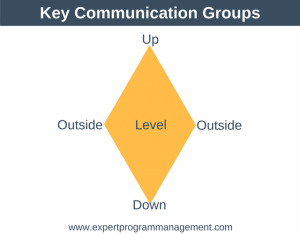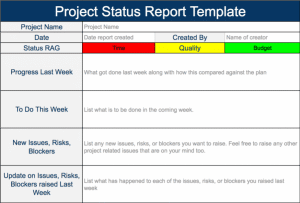Six Sigma is a business management strategy that aims to improve the output of processes by removing variation and errors in both manufacturing and business processes. To this end it uses a series of quality management methods. Unlike many process improvement frameworks it requires it’s own infrastructure within an organisation – people who are experts in Six Sigma to varying degrees. It is these varying degrees of Six Sigma expertize that we will examine today.
Six Sigma belts are used to categorize the level of expertise acquired by a Six Sigma trained professional, and they correlate roughly correlate to belt levels in karate. There are three levels of belt in Six Sigma:
1. Green Belt
This is the official entry level belt in Six Sigma. Green Belts work under the guidance of Black Belts. They are individuals who do not work on Six Sigma projects exclusively, but implement Six Sigma along with other job responsibilities. They are trained to analyse and solve problems relating to quality.
2. Black Belt
Black Belts work exclusively on Six Sigma projects. They work under the guidance of Master Black Belts. Their primary focus is on Six Sigma project execution, as opposed to Master Black Belts who primarily focus on identifying projects for Six Sigma. They are trained on process analysis and team skills. The are very knowledgeable in all aspects of DMAIC and have a conversational understanding of lean six sigma.
3. Master Black Belt
Similarly to Black Belts, they devote 100% of their time to Six Sigma. They act as in-house coaches on Six Sigma. They ensure the consistent application of Six Sigma across departments, functions, and projects. They do many of the same tasks as Black Belts but spread themselves over a much larger number of teams.
Yellow Belt
Yellow Belts are somewhat a special case as they are not actually a real belt. The term is simply used within some organizations to identify individuals who have a basic working knowledge of Six Sigma. These individuals are typically team members and do not manage projects or lead teams using Six Sigma.
Roles
In addition to the belts above there are some roles which are identified in Six Sigma as being essential for successful implementation:
1. Executive Leadership
This team is made up of senior leaders within the organization. They are responsible for setting up a vision of Six Sigma implementation. They then empower others within the organization to realize the vision.
2. Champions
These are appointed by the Executive Leadership. There primary responsibility is to ensure Six Sigma implementation across the organization happens in an integrated manner and the vision is realized. They also act as mentors to Master Black Belts.
Summary
Six Sigma aims to improve the predictability and number of errors within manufacturing and business processes. To do this it uses a number of quality management methods and qualified people to carry out this work. These qualified people are categorized into green belts, black belts, and master black belts according to their level Six Sigma expertise, each having its own defined role requirements.










